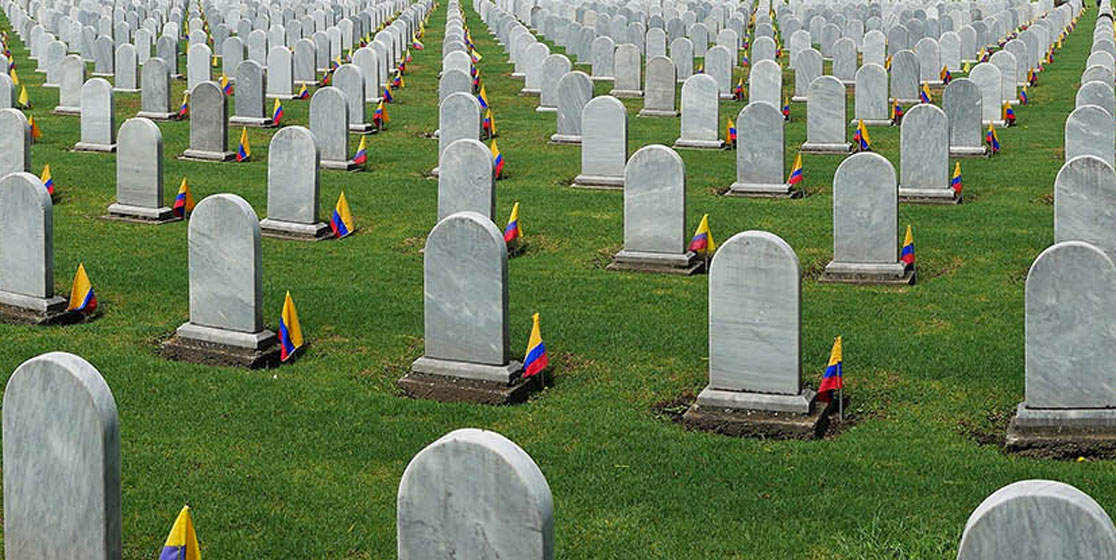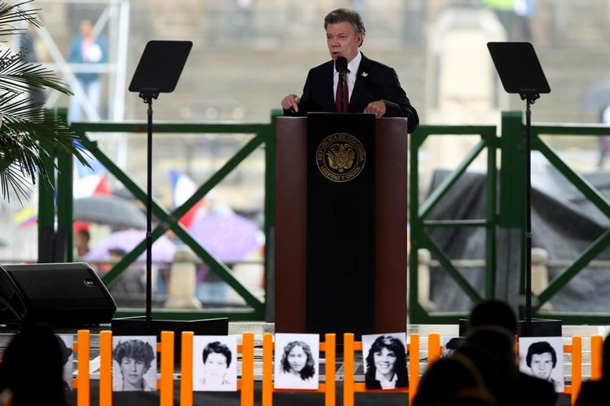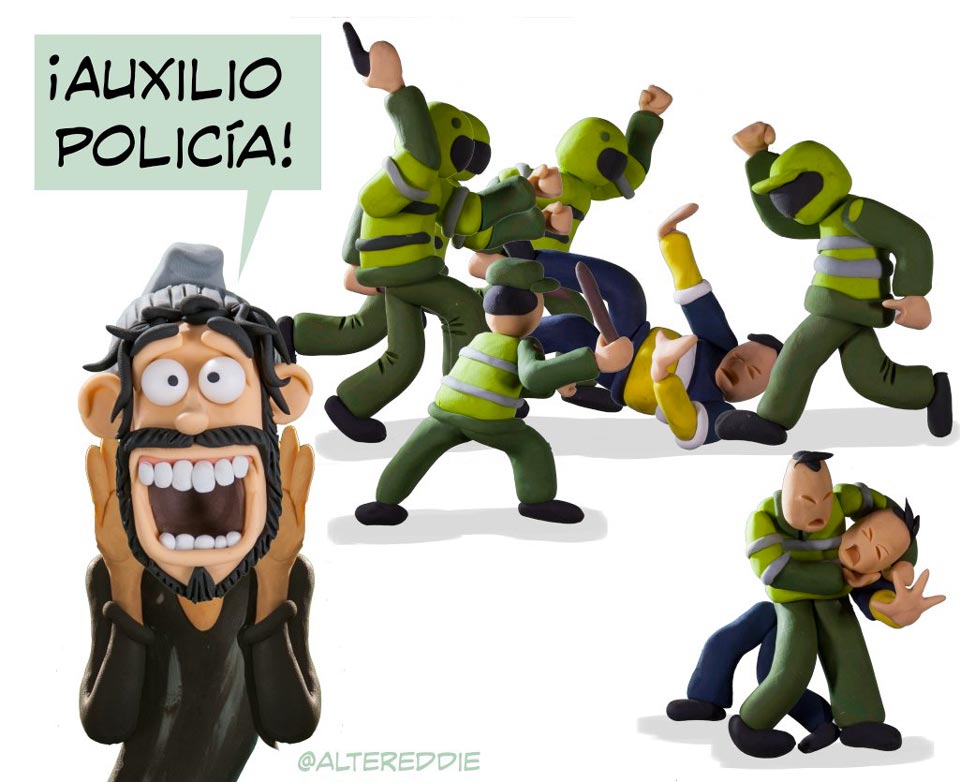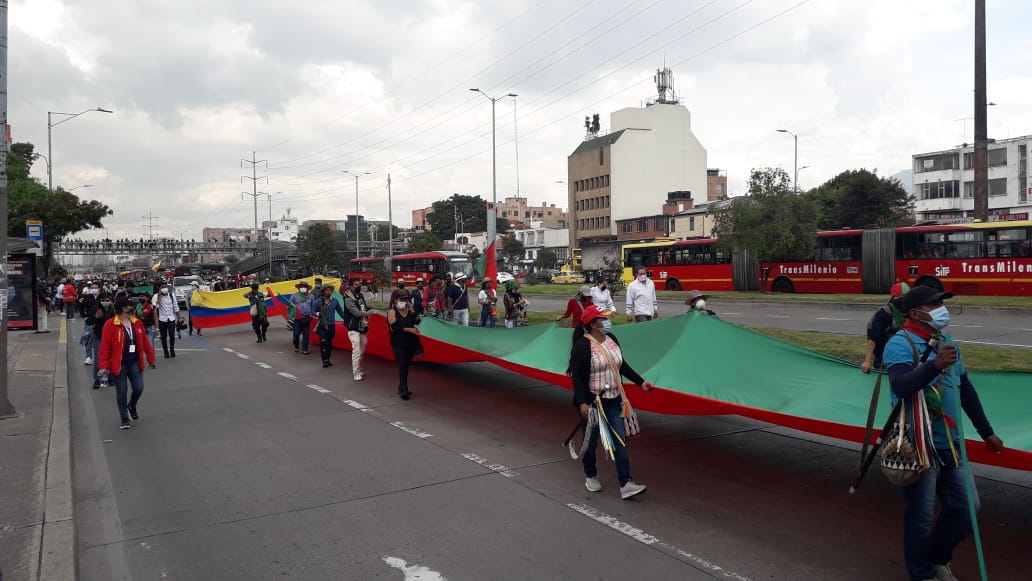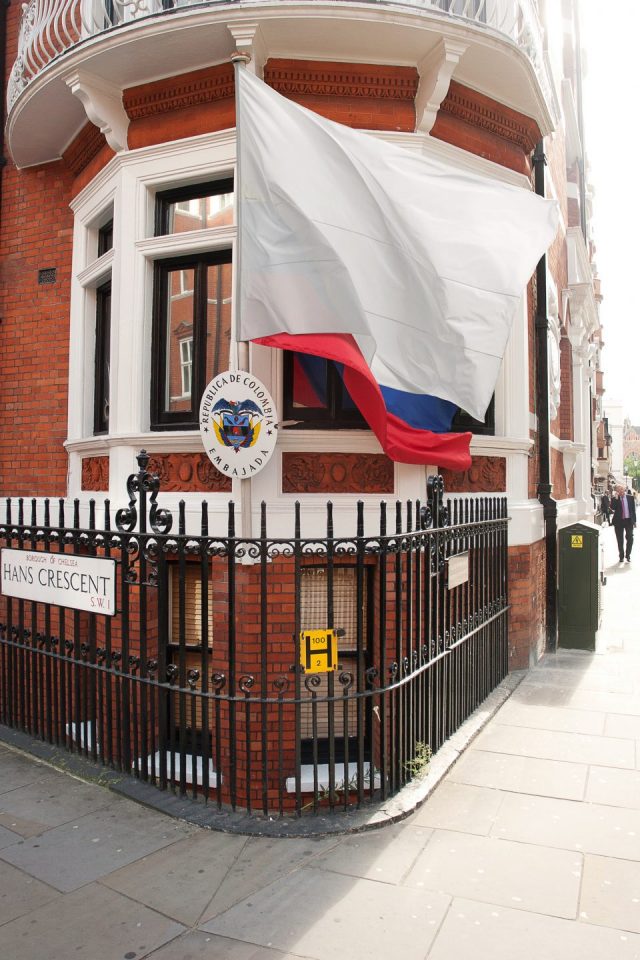
The Embassy of Colombia in London raises Colombian Flag of Peace next to its national flag on International Day of Peace, 2013. Photo: The Peace Flag, CC By SA 3.0
President Santos has pinned his legacy on peace but, according to Adriaan Alsema, he has yet to put his money where his mouth is
President Juan Manuel Santos returned from Europe with the promise of a $100 million USD loan, so far the only fixed budget for a possible peace deal.
Considering that we’re already two years into peace talks that were only meant to last a year, I don’t think Santos is doing what he should be doing to secure the necessary funds for a post-conflict Colombia.
According to the government itself, it needs $500 million USD just to finance the reintegration of guerrillas in the event the administration succeeds.
However, this is not the only cost. The implementation of policies agreed with the FARC also costs money as they involve increases in government spending in, for example, agriculture, infrastructure and victims reparations.
According to a 2012 analysis in Colombian newspaper El Nuevo Siglo, the implementation of a peace deal could cost as much as 18 percent of the entire national budget for the coming 20 years.
According to my calculator that is almost $20 billion USD a year, or double what the entire Plan Colombia has cost the US since 1999.
Senator Roy Barreras of the president’s U Party made a more frugal calculation. According to him, peace will cost Colombia approximately $4.4 billion USD a year for the coming decade.
While debating the 2015 budget, the Colombian government and Congress have completely ignored the possibility of a peace deal and have actually reduced the budget of key ministries like agriculture.
The Colombian government is obviously trying to be optimistic about its own peace talks and has indicated that war is more expensive than peace.
Earlier this year, the government stressed that the war costs the Colombian taxpayers approximately $4 billion a year, pretty much the same as the implementation of peace policies would.
Colombia’s finance minister on several occasions has stressed that peace will results in additional GDP growth as large swathes of territory become available for economic development or the exploitation of fossil fuels.
Even if this added growth is only one percent, this would mean that a post-conflict Colombia would see an increase in growth of at least $8 billion USD a year without doing anything but not fighting.
Additionally, it is clear that Colombia’s Defence Ministry won’t need the $13 billion USD it received this year when there’s no more war to be fought.
In other words, the money for peace is there. It is in the budget, but the government has refused to allocate it. It’s just not a priority.
The same goes for the international community. Everybody wants peace, and everybody loves promoting and supporting it, but only as long as it doesn’t cost anything.
The United States have expressed support for the process, but have not really done anything to facilitate peace. According to Santos, the European Union has agreed to fund what could be called Colombia’s “Marshall Plan.” The governments of Germany, France, Portugal and the UK have also expressed support, but have not committed to spending one Euro or Pound.
You can’t really blame these governments taking into consideration that Santos himself has yet to allocate the first peso.
Before calling on the international community, Santos should first put his own money where his mouth is. Unless the Colombian government begins allocating funds to peace, and thus the well-being of its own people, Santos will need another 88 years to get the money he needs to make peace with the FARC.
Adriaan Alsema is the founder and editor-in-chief of Colombia Reports, South America’s largest news website in English. Born and raised a Dutchman, Alsema has been living in Colombia since 2008.

